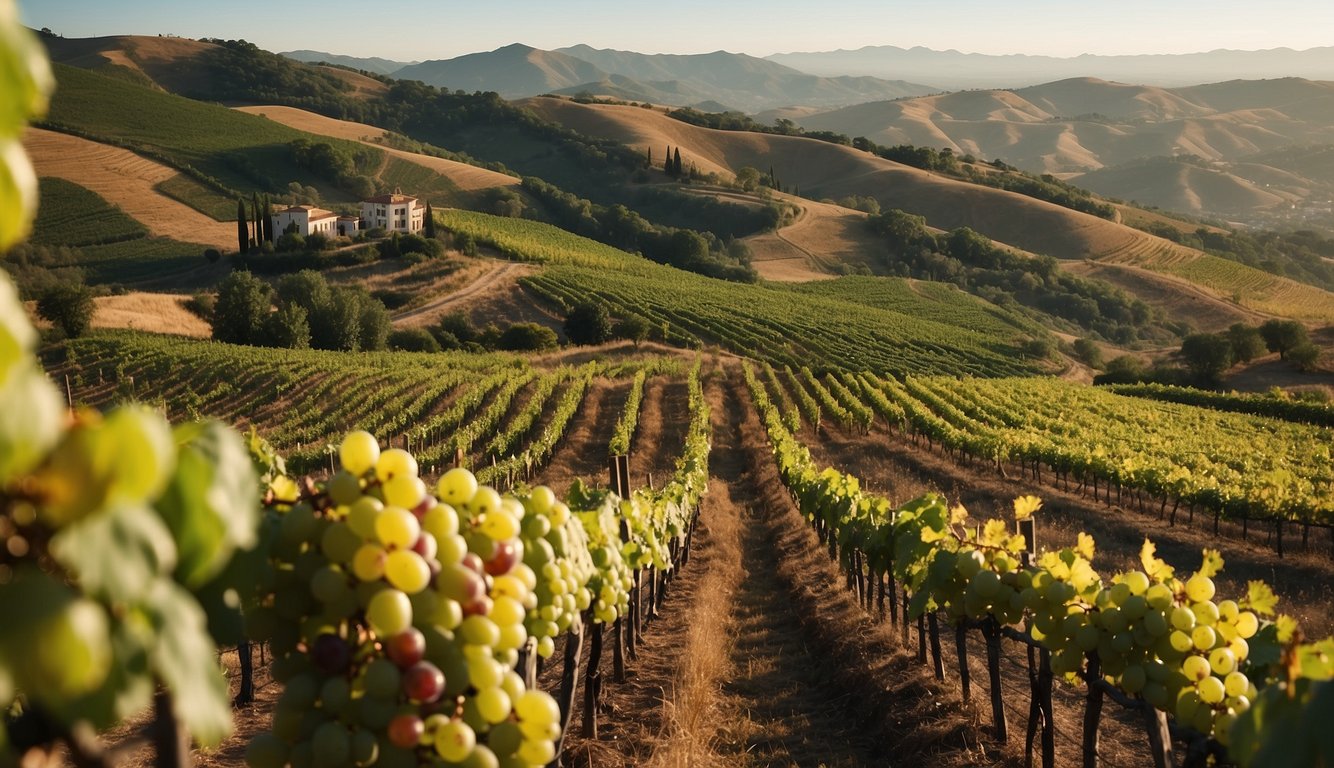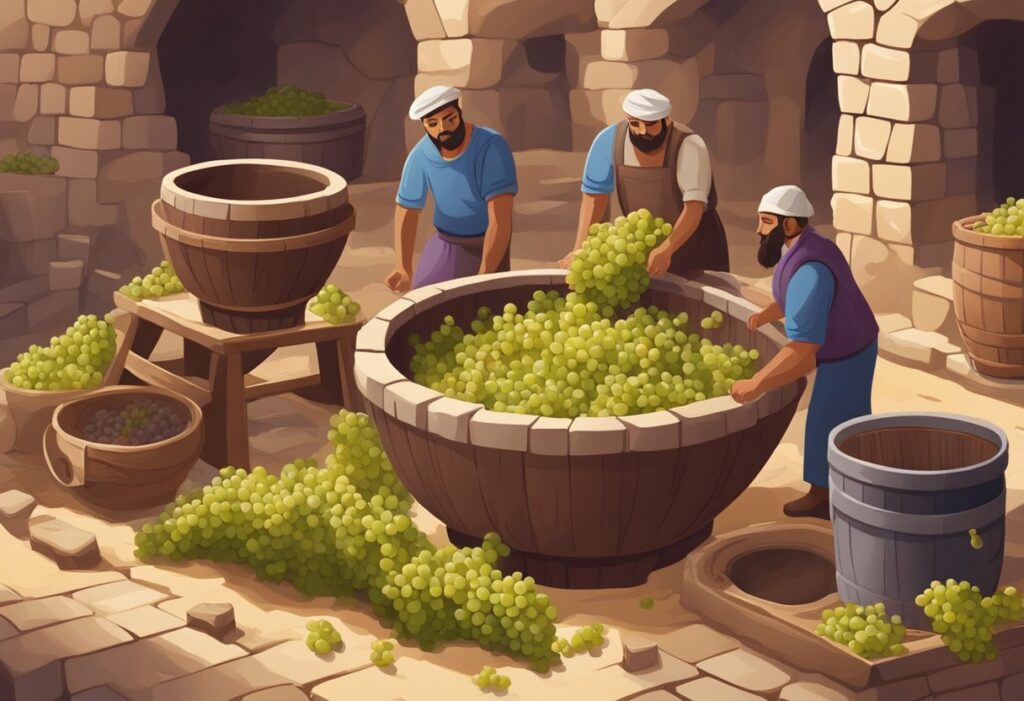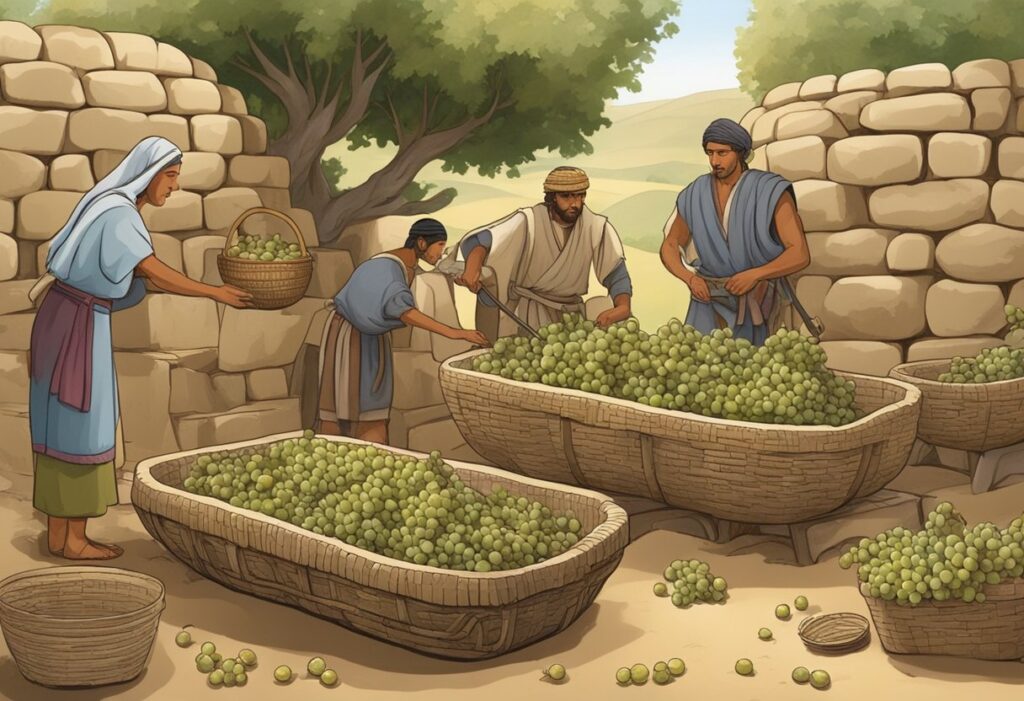Wine has long been more than just a drink; it has been a symbol of social class and wealth throughout history. From ancient Rome to modern France, wine has denoted status and power, often appearing in celebrations, religious ceremonies, and as a display of one’s social standing. Whether you are a connoisseur or a casual drinker, understanding the cultural significance of wine can deepen your appreciation for this timeless beverage.

In many societies, wine is a reflection of personal taste and identity. It is not just about what is in the glass but also about what it represents. For example, in French culture, champagne symbolizes the glories of the nation and social prestige. Similarly, in early America, alcoholic beverages, including wine, have served as iconic symbols of status and wealth.
Throughout history, wine has brought people together, bridging cultural gaps and forging connections. It has played a role in celebrations, social gatherings, and even political movements. The legacy of wine as a marker of social status is rich and complex, making it a fascinating topic to explore for anyone interested in the interplay between culture and class. Whether you are sipping a glass in casual company or during a grand occasion, remember that every drop carries with it centuries of social history. Explore more about how wine’s role in society has evolved by reading further.
Wine in Ancient Civilizations
Wine has played a vital role in different ancient societies, influencing not just daily life but also religious and social structures. It was a symbol of wealth and power, often linked to gods and rituals.
Wine’s Role in Early Societies
In early societies like Mesopotamia, wine was more than a drink; it was a symbol of social status. The wealthy enjoyed wine in lavish feasts, while the poor rarely had access. Wine was also used in religious rituals, becoming a sacred offering to the gods. Mesopotamians stored wine in pottery vessels, a tradition that highlighted its importance.
In Ancient Greece, Dionysus, the god of wine, was central to many festivals. Greek symposia, or drinking parties, were exclusive events where the elite discussed politics and philosophy while drinking wine. This period saw the institutionalization of wine culture, further embedding it in daily life and society.
From Neolithic Times to Historical Empires
Wine’s history dates back to Neolithic times when early humans first fermented grapes. As civilizations like the Romans and Greeks rose, wine’s significance grew. The Romans transformed wine production, turning viticulture into a major industry. They introduced techniques like aging wine in wooden barrels and distributing it in amphorae.
Roman taverns were common in cities, where people of different classes mingled over wine. Religious practices often incorporated wine, symbolizing the blood of gods in rituals. This blend of wine and religion solidified its role across various aspects of life.
By the time of the Hellenistic period, wine had spread widely, influencing regions beyond the Mediterranean. This expansion facilitated trade and cultural exchange, making wine an essential part of ancient civilizations.
Discover more about the wine culture in the Hellenistic Mediterranean and its historical roots.
Viticulture and the Rise of the Wine Industry

Viticulture has played a pivotal role in society, shaping economies and cultures. Key advancements in winemaking and the Mediterranean climate’s influence have driven the wine industry’s growth.
Advancements in Winemaking
Over time, winemaking has evolved significantly. Early techniques were basic, involving little more than crushing grapes and fermenting their juice. Modern advancements have revolutionized this process.
Innovations in science, such as pasteurization and refrigeration, have enhanced wine quality. You can now enjoy wines that are more consistent in taste and longer-lasting. The discovery of various grapevine varieties has also allowed for more diverse wine profiles.
The introduction of controlled fermentation tanks and aging processes in barrels has given winemakers greater control over their product. These developments have made wine production more efficient and predictable.
Continued grape-growing research has also led to better pest control and healthier vineyards, ensuring higher-quality grapes. It’s now possible to optimize soil management and irrigation methods, greatly enhancing grape quality.
Influence of Mediterranean Climate
The Mediterranean climate significantly impacts viticulture. This region’s unique terroir, with its combination of soil, weather, and topography, is ideal for growing grapes.
Mild, wet winters and hot, dry summers create perfect conditions for grapevines to thrive. The consistent sunlight helps grapes develop rich flavors while the cool nights maintain their acidity. These factors contribute to well-balanced wines.
Soil composition in the Mediterranean is another crucial element. Well-drained soils prevent waterlogging, which can harm grapevines, while retaining enough moisture to nourish them.
Regions like Italy, Spain, and France have harnessed these natural benefits to cultivate thriving wine industries. You can taste the influence of this climate in the complexity and depth of wines from these areas. The Mediterranean’s impact is a testament to how vital environmental factors are in creating exceptional wines.
Social Stratification and Wine Consumption

Wine has long been associated with social status, wealth, and class. Its consumption patterns often reveal significant insights into societal structures and norms.
Symbols of Wealth and Prestige
Wine has been a symbol of wealth and prestige throughout history. The wealthy often invested in rare and expensive wines, not just for drinking but as an investment and a display of status. For instance, owning aged wines or rare labels can signify high income and social privilege.
People in higher social classes frequently buy premium wines, showcasing their luxurious lifestyle. This behavior underscores their influence and respect within their community. The quality and origin of the wine add to the allure, turning wine consumption into a mark of distinction.
Wine and Gender Roles
Wine consumption patterns also reflect gender roles and social expectations. Historically, men and women have had different experiences with wine. In many cultures, men dominated the wine industry, both as consumers and producers. Men often enjoyed wines that symbolized power and prestige.
On the other hand, women faced more constraints. Societal norms limited their access to wine, associating it with modesty and temperance. Today, these gender roles are shifting, with more women participating in wine tasting, purchasing, and even producing.
Your choice of wine can reflect not just your sense of taste, but also your place within social and gender hierarchies. Different wines may be marketed towards different genders, further reinforcing these roles.
Cultural Impact and the Art of Wine
Wine has influenced various aspects of culture, including art and storytelling. It has appeared in paintings, literature, and films, depicting its role in society, celebrations, and religious ceremonies.
Artistic Expressions of Wine
Wine has been a popular subject in the art world for centuries. Ancient Roman mosaics often featured images of Bacchus, the god of wine, celebrating the joy and taste of red wine. In the Renaissance, artists like Caravaggio and Veronese painted grand scenes of feasts where wine flowed freely.
These artworks did more than just depict alcohol; they captured moments of cultural and social significance. For example, the Last Supper by Leonardo da Vinci prominently features wine, symbolizing communion and the blood of Christ in Christianity. This important element connects wine to religious ceremonies and highlights its spiritual importance.
Modern art continues to celebrate wine, with many artists using it to evoke themes of luxury, celebration, and cultural tradition. Whether in the vibrant colors of Impressionist paintings or sleek, modern designs, wine remains a rich subject for artistic expression.
Wine in Literature and Film
Literature and film have also immortalized wine. In literature, wine often symbolizes celebration, comfort, and the complexities of human emotions. Famous works like “The Great Gatsby” use champagne to depict opulence and extravagance, while red wine in “A Farewell to Arms” reflects deeper, more somber themes.
Wine’s role in Christian communion is frequently explored in stories, emphasizing its spiritual and symbolic value. In films, wine is used to develop characters and set the tone. Movies like “Sideways” explore the intricate world of wine tasting and its impact on people’s lives.
These stories and films make wine more than just a drink; they turn it into a character that shapes the plot and adds depth to the narrative. By bringing wine to the forefront, literature and film highlight its enduring cultural and social significance.
For more on the cultural aspects of wine, consider a read of Wine: a Cultural History or explore its role in society from this perspective.
The Business of Wine: Marketing and Economics

Wine marketing involves strategic efforts to target specific consumer groups, especially the affluent. The economics of wine considers factors such as investment value and profitability, highlighting how producers navigate this lucrative market.
Targeting the Affluent: Marketing Strategies
Marketing strategies in the wine industry often focus on affluent consumers. By creating an image of sophistication and exclusivity, marketers tap into social aspirations.
Advertising campaigns frequently highlight the heritage and quality of fine wines, appealing to those who seek luxury. This includes the use of elegant packaging, endorsements by experts, and visibility at high-end events. By positioning wine as a symbol of wealth and status, marketers can influence purchasing behavior.
Education plays a key role. Wine producers often offer tastings, classes, and vineyard tours. These activities not only educate consumers but foster brand loyalty. Informed consumers are more likely to invest in high-priced wines, understanding their value.
Emphasizing environmental and cultural values also appeals to many affluent consumers today. Sustainable practices and local production can enhance a wine’s appeal, linking it to broader socio-economic concerns.
The Economy of Wine: Investment and Profitability
In the wine economy, investment and profitability are crucial. The price of wine is influenced by several factors, including production costs, market demand, and perceived quality.
Fine wines have become a notable form of investment. Collectors purchase bottles not just for consumption but as assets that appreciate over time. Investment-grade wines, typically from renowned regions and producers, can yield significant profits.
Profit margins in the wine business vary. High-end wines often have larger markups due to branding and quality. However, producing such wines requires significant upfront investment in land, equipment, and expertise.
Understanding consumer behaviors and values is vital for economic success. Trends like organic wine, low-alcohol options, and eco-friendly packaging cater to evolving demands. Producers who adapt to these trends can see increased profitability.
Overall, the business of wine marries marketing strategies with economic savvy, aiming to balance consumer desires with profitability in an ever-evolving market.

